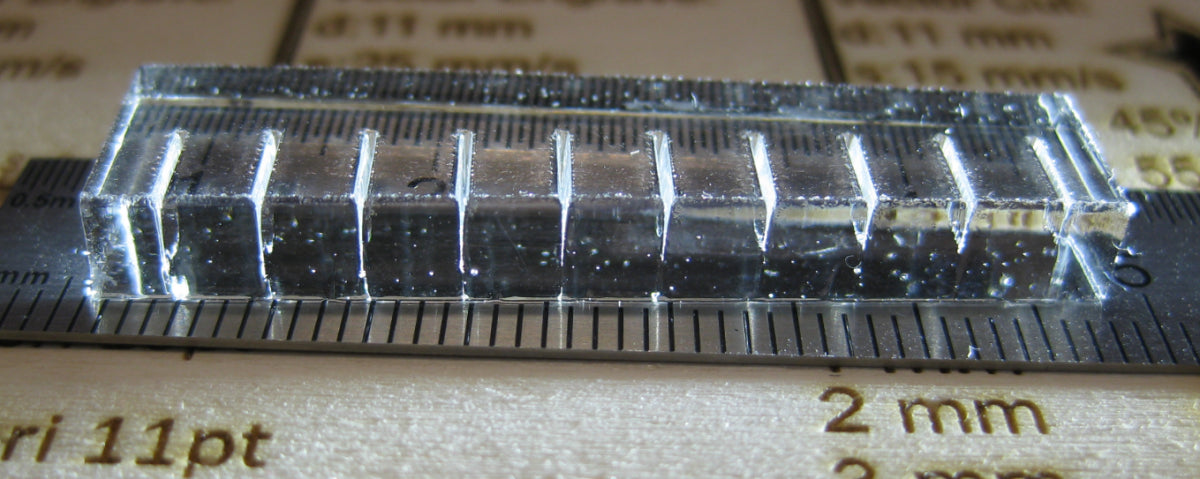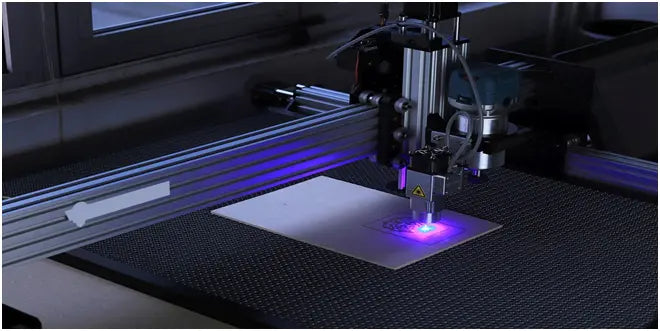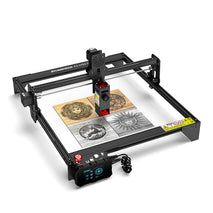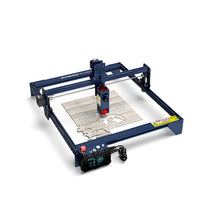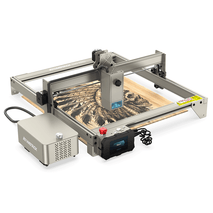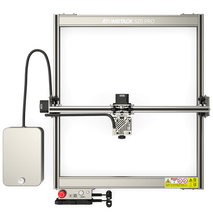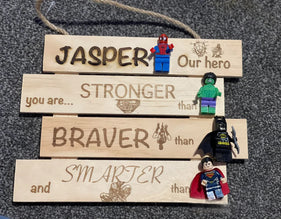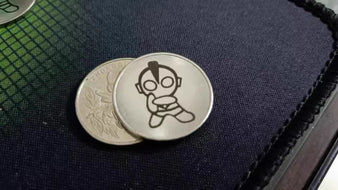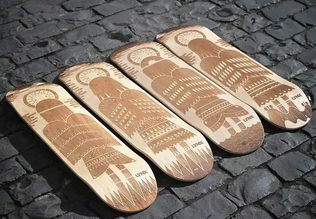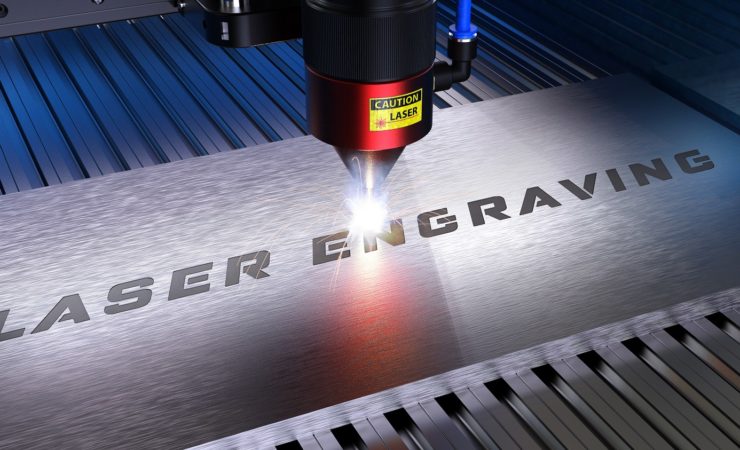
A Comprehensive Guide to Laser Engraving
Atomstack Laser engraving is a process that uses laser processing equipment to perform laser processing on the surface of a material. It has the advantages of high efficiency, precision and durability, and is widely used in handicrafts, molds, electronic equipment manufacturing, advertising decoration and other fields. This article will give you a detailed introduction to the definition, classification, application, process, and laser processing of various materials for laser engraving.
Definition Of Laser Engraving
Laser engraving is a process that uses the high energy concentration and orientation of the laser beam to achieve the desired graphic pattern. During the processing, the shape and power of the laser beam will locally melt, vaporize or burn the surface of the material, so as to obtain marks or grooves of the required shape and size.
Classification Of Laser Engraving
1. Laser marking
Atomstack M4 laser marking is to focus the laser beam and directly irradiate the surface of the material, and use the chemical reaction or physical phase change generated by the laser on the surface of the material to achieve the purpose of printing words, patterns, etc. Its characteristic is that it does not damage the surface of the material, and the mark after marking is clear and durable.
2. Laser engraving
Laser engraving is to use a laser engraving machine to process patterns, characters, graphics, etc. onto the surface of the material to form uneven lines. Laser engraving can be applied to a variety of different materials such as wood, metal, plastic and glass to name a few.
3. Laser cutting
Laser cutting refers to focusing the laser beam so that it has a large enough energy density to quickly penetrate the surface of the material and realize the cutting of the material. Laser cutting technology is widely used in the processing and manufacturing of materials such as metal, plastic, paper, leather, textiles, wood and stone.
4. Laser drilling
Laser drilling is to use a laser engraving machine to directly punch holes of the required size on the material surface. Laser drilling has the advantages of fast speed, high precision, high accuracy, and does not produce a large heat-affected zone, so it can be used for micro-processing and high-precision manufacturing.
Applications Of Laser Engraving
1. Crafts
Laser engraving technology can be applied to various crafts, such as wood products, crystal ornaments, glass crafts and so on. In the process of handicraft processing, Atomstack S20 Pro laser engraving technology is often used to make patterns, characters, patterns, etc., making handicrafts a more artistic value-added product.
2. Mold processing
Laser engraving technology can also be used to make various molds, which are usually used to manufacture high-precision products or high-quality workpieces. Laser engraving technology has the advantages of fast speed and high precision in mold processing, and can make various complex shapes and small structures on the surface of the mold, which is suitable for the production of precision molds.
3. Electronic equipment manufacturing
Atomstack S30 Pro laser engraving technology is also widely used in the electronic equipment manufacturing industry. Laser engraving technology can manufacture silicon chips, integrated circuits, LED devices and other electronic components with high precision, and can also produce various small and complex structures, so it can meet the needs of future electronic equipment manufacturing.
4. Advertising decoration
Laser engraving technology is also widely used in the advertising decoration industry. Laser engraving technology can produce various patterns, characters, patterns, etc., making the decorative products more beautiful, harmonious and unified.
Process Flow Of Laser Engraving
1. Design file production: Make the required pattern through computer-aided design software, and save it as a file type in a common format.
2. Open the file: Open the saved file in a compatible format and export it to the laser engraving machine software.
3. Material placement: Place the material on the processing platform according to the size, direction and material requirements, and fix it.
4. Adjust processing parameters: adjust the laser output power, speed and other parameters according to the nature of the material, the size and complexity of the pattern.
5. Start engraving: After clicking the start processing button, the laser engraving machine will automatically carry out the processing work. During the entire processing process, it is necessary to pay attention to safety protection at all times to avoid abnormal operation.
6. Shut down the laser engraver: After the processing is finished, shut down the machine and do a good job of cleaning and maintenance.
Laser Processing Of Different Materials
1. Timber
Wood is one of the more common processing materials for LaserPecker 3 laser engraving. Laser engraving on the wood surface can produce various printing, engraving and cutting forms, making the design of wood crafts more colorful.
2. Metal
Laser processing technology has a strong penetrating power when processing metal surfaces, and can process high-precision holes or raised or recessed patterns. The main process used in the manufacture of metal engravings is fitter engraving (milling), followed by laser engraving.
3. Glass
When laser engraving glass, due to the high brittleness and hardness of glass, it is easy to break. Therefore, advanced laser equipment and reasonable laser processing parameters should be used. Laser processing technology can produce various fine patterns on the surface of glass, making glass handicrafts more collectible works of art.
4. Plastic
The technology of laser processing plastics is mainly to cut out the desired shape and size contour on the surface of the plastic through the thermal effect of the laser beam. Laser cutting plastic is one of the fastest cutting methods and can quickly create templates, models, etc. of various complex shapes.
